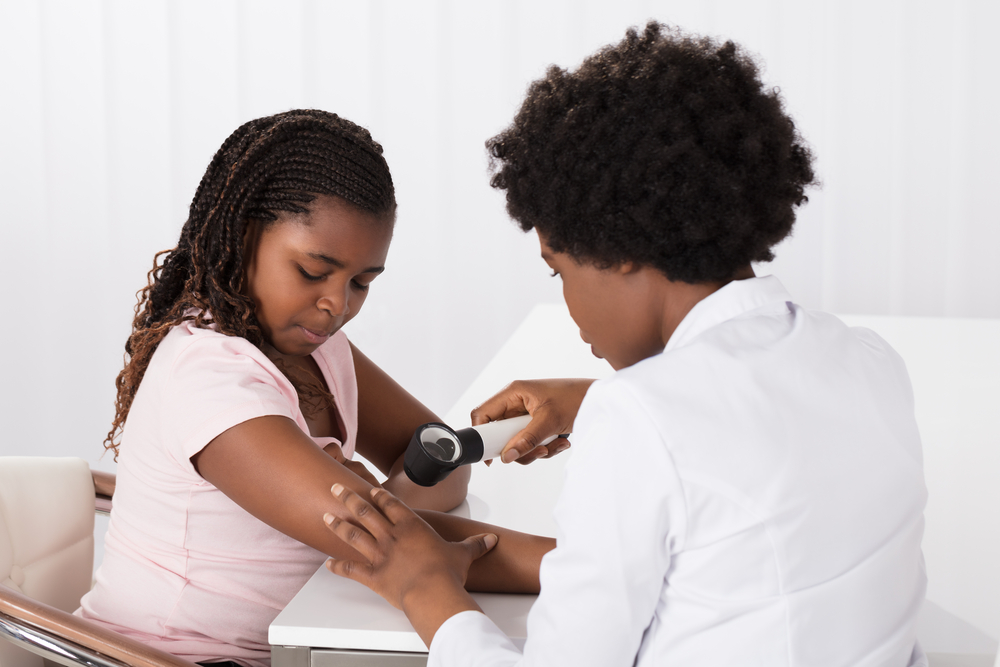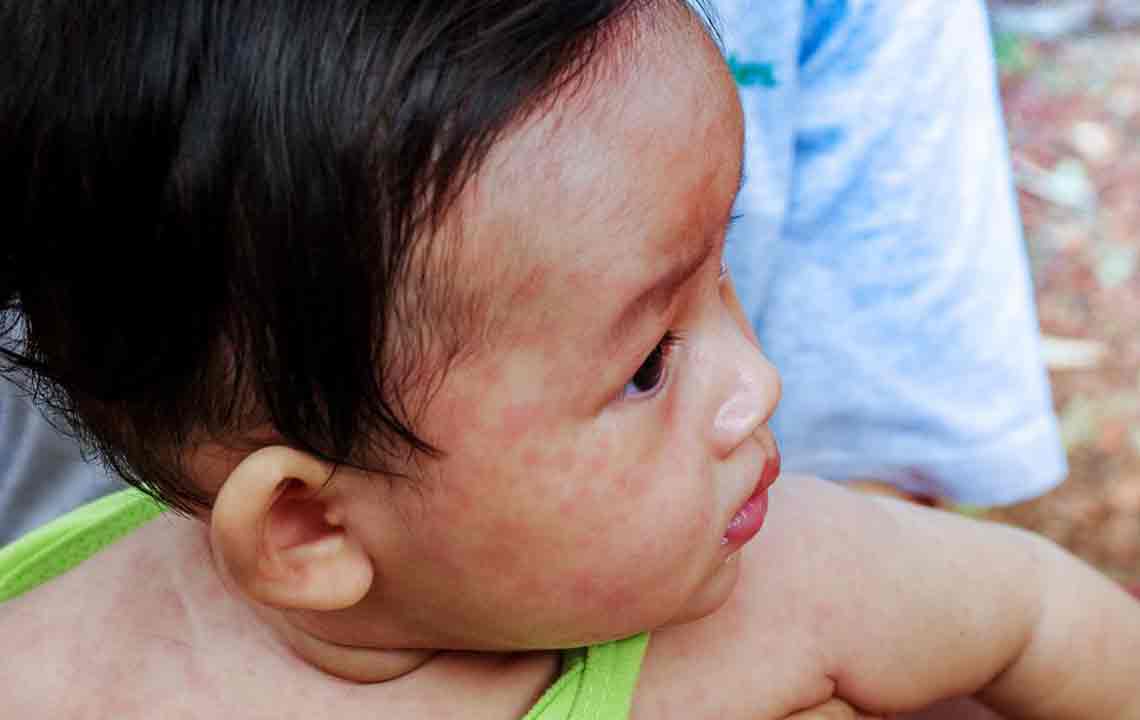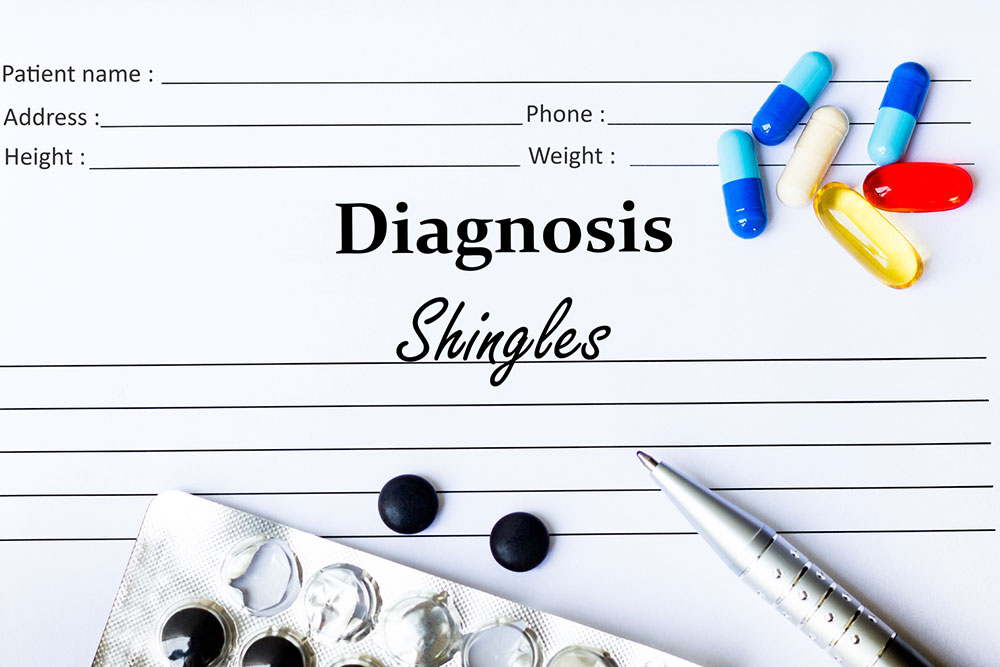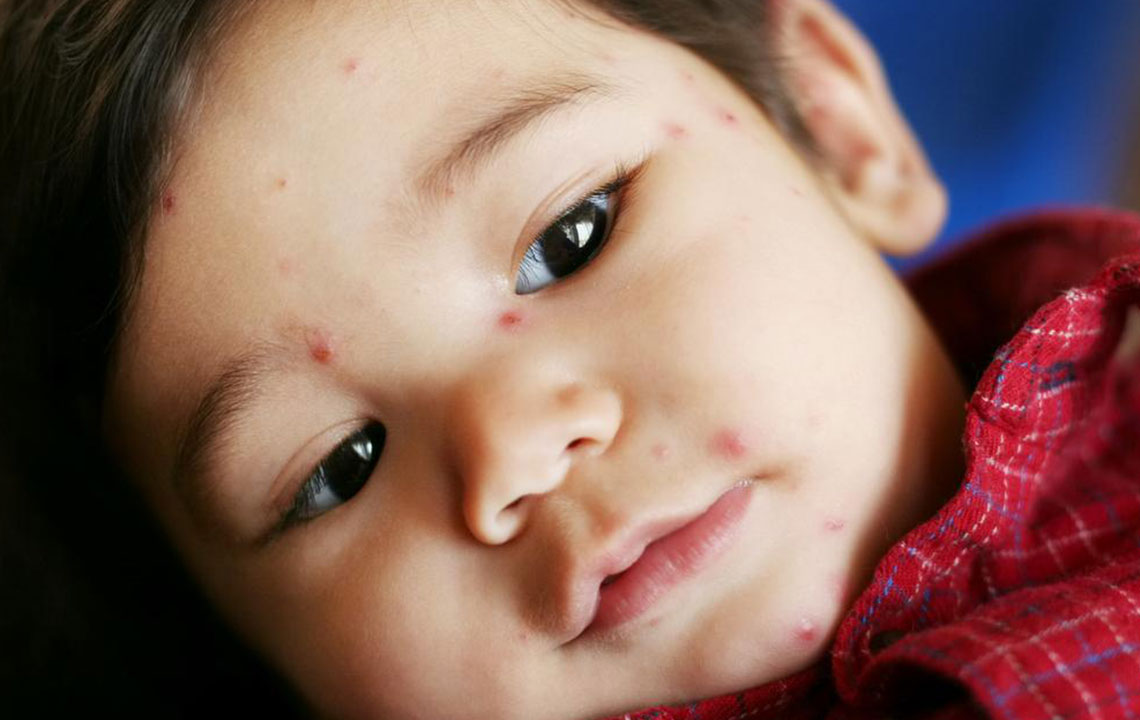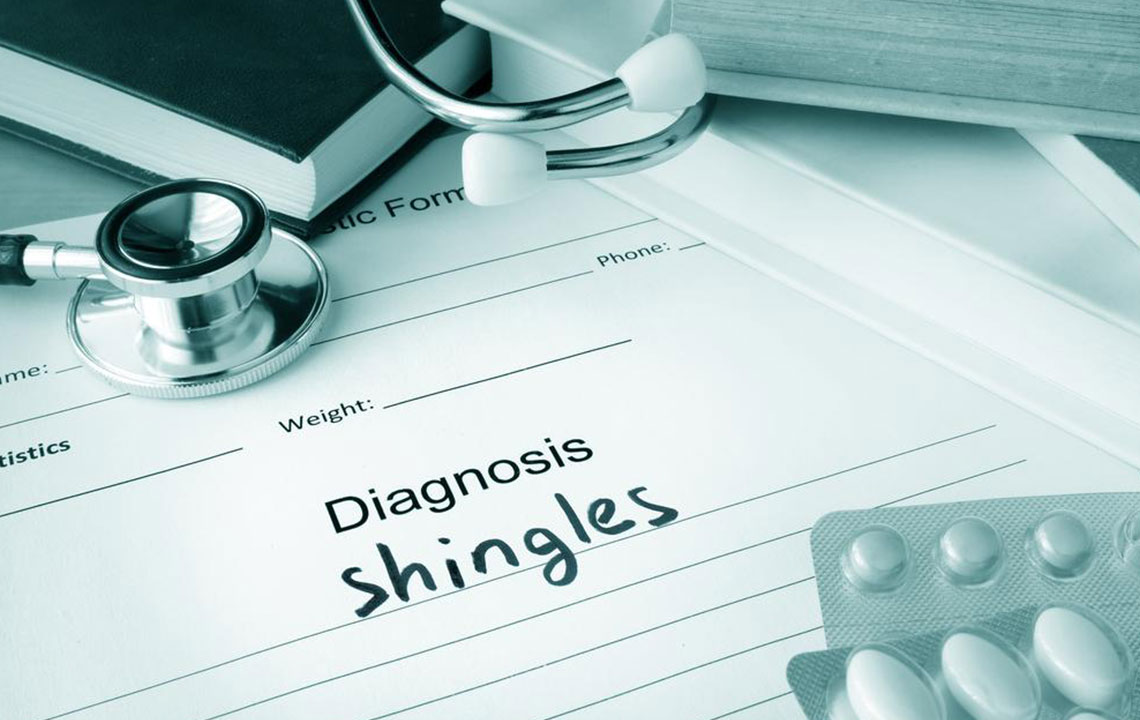Comprehensive Guide to Shingles: Symptoms, Causes, and Effective Treatments
This comprehensive guide delves into shingles, covering its causes, symptoms, treatment options, and prevention strategies. Learn how early diagnosis and vaccination can reduce risks, with insights into managing pain and avoiding complications from this painful and potentially chronic condition.

Shingles, also known as herpes zoster, is a painful skin condition characterized by a distinctive rash and blistering that typically appears on one side of the body or face. This condition occurs due to the reactivation of the varicella-zoster virus—the same virus responsible for chickenpox. After a person recovers from chickenpox, the virus remains dormant in nerve tissues and can be reactivated later in life, leading to shingles. While many individuals who have had chickenpox are at risk for shingles, not everyone develops it. Understanding the causes, symptoms, and available treatment options is essential for effective management and to prevent complications.
Understanding the Causes of Shingles
The primary cause of shingles is the reactivation of the dormant varicella-zoster virus within the nerve tissues. This reactivation can occur when the immune system becomes weakened due to aging, stress, illness, or immunosuppressive treatments like chemotherapy or corticosteroid therapy. Other factors that may contribute include chronic health conditions such as diabetes, autoimmune disorders, or HIV infection. The virus travels along nerve pathways to the skin, causing the characteristic rash and blisters.
Symptoms of Shingles: Recognizing the Early Signs
The initial symptoms of shingles often resemble those of the flu, including fever, fatigue, headache, and general malaise. As the virus reactivates, localized pain, burning, or tingling sensations often precede the appearance of the skin rash by a few days. The rash develops as red patches that evolve into fluid-filled blisters. These blisters eventually crust over and heal within 2 to 6 weeks. Common areas affected include the torso, face, neck, or chest, usually confined to a specific dermatome—a nerve zone. Additional symptoms may include sensitivity to touch, itching, and ongoing nerve pain.
Transmission and Risk Factors
Shingles itself is not contagious in the traditional sense; you cannot catch shingles from someone else. However, the virus can be spread through direct contact with the fluid from a shingles blister to individuals who have not had chickenpox or the chickenpox vaccine, potentially causing them to develop chickenpox. The risk factors for developing shingles include advanced age—most cases occur in individuals over 50—immunocompromised states, stress, and certain medications that suppress the immune system.
Diagnosis: How Medical Professionals Identify Shingles
Medical professionals diagnose shingles primarily based on clinical examination, especially by observing the characteristic rash and blister distribution. In uncertain cases, laboratory tests such as polymerase chain reaction (PCR) or direct fluorescent antibody testing can confirm the presence of varicella-zoster virus DNA. Sometimes, skin biopsies or blood tests for virus antibodies are utilized to differentiate shingles from other skin conditions.
Current Treatment Options for Shingles
Although there is no cure for shingles, several treatment modalities can significantly reduce the severity and duration of symptoms. Antiviral medications like acyclovir, valacyclovir, and famciclovir are most effective when started within 72 hours of rash onset. These drugs help limit viral replication, decrease pain, and shorten the course of the disease. Pain management is a crucial aspect of treatment and may include over-the-counter analgesics such as acetaminophen or NSAIDs, topical agents like capsaicin cream, and in severe cases, nerve pain medications including gabapentin or pregabalin.
Managing Pain and Discomfort
Postherpetic neuralgia, a common complication of shingles, involves persistent nerve pain after the rashes have healed. Managing this discomfort requires a multimodal approach, including prescription nerve pain medications, antidepressants, and topical anesthetics. Patients are advised to keep the affected area clean to prevent secondary bacterial infections and to avoid scratching or irritating the blisters.
Typical Duration and Outlook
Most cases of shingles resolve within 2 to 6 weeks. However, pain and other neurological symptoms can persist long after the rash heals. The prognosis is generally good, especially with early treatment, but complications can arise, particularly in immunocompromised or elderly individuals. Some potential complications include bacterial infections of the skin, vision loss if the eye area is involved, and postherpetic neuralgia, which can cause chronic pain that affects quality of life.
Prevention Strategies and Vaccination
The most effective way to prevent shingles and its complications is through vaccination. The shingles vaccine, such as Shingrix, is recommended for adults aged 50 and older, regardless of whether they have had shingles before. This vaccine boosts immunity against the varicella-zoster virus, significantly reducing the risk of reactivation and severity of symptoms if reactivation occurs. Additionally, maintaining a healthy immune system through a balanced diet, regular exercise, adequate sleep, and stress management plays a vital role in lowering risk.
When to Seek Medical Attention
Early intervention is critical in managing shingles effectively. Seek medical attention if you notice symptoms such as severe pain, rash, or blistering, especially if the rash appears near the eyes, as this can threaten sight. Prompt treatment with antiviral medications can reduce the risk of complications. Additionally, if you experience persistent or worsening nerve pain after the rash heals, consult your healthcare provider for appropriate management options.
Summary
Shingles is a common but manageable condition that results from the reactivation of the varicella-zoster virus. Recognizing early symptoms and seeking prompt treatment are essential to reduce severity and prevent complications like postherpetic neuralgia. Vaccination remains the most effective preventive measure, particularly for older adults. With advancements in antiviral therapies and pain management, most patients recover well, preserving their quality of life and reducing long-term discomfort.
